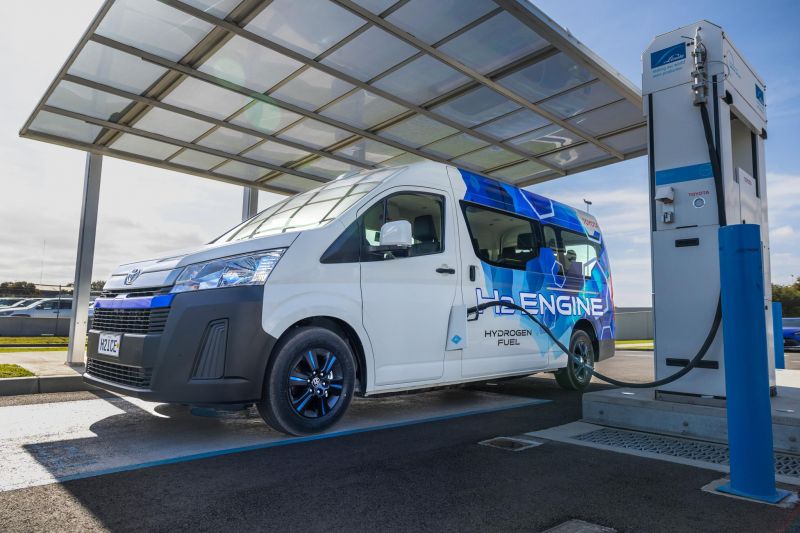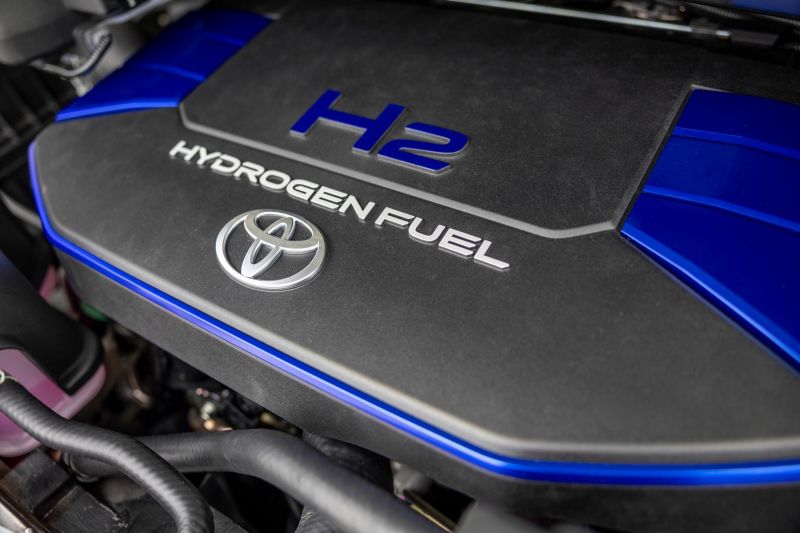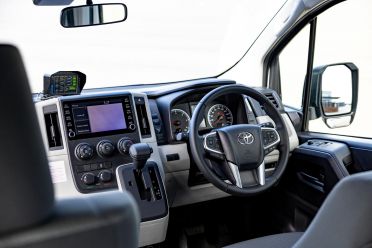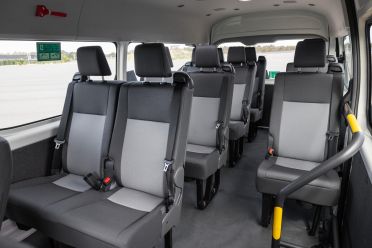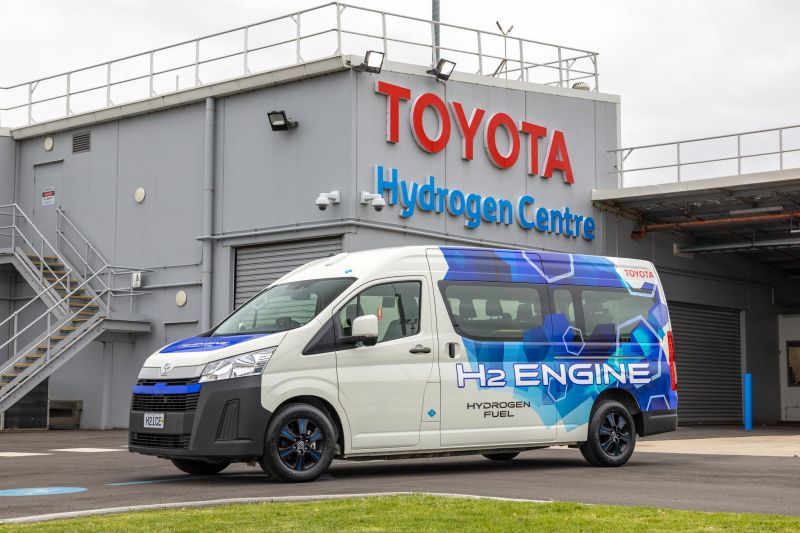Toyota has chosen Australia as the first country in the world for a pilot program of its recently revealed HiAce Hydrogen prototype.
The pilot program will see seven examples of the Toyota Hydrogen HiAce prototype made available to fleet operators in Australia from later this month.
Each loan will be for a period of up to a month, with the fleet operator required to report daily on their experience.
Toyota has confirmed the first company to use the Hydrogen HiAce prototype will be CPB Contractors, which is one of Australia’s leading designers and builders of large-scale infrastructure.
CPB Contractors will be using the Hydrogen HiAce prototype to transport workers from various points for a project in Melbourne.
The Japanese carmaker has also confirmed it’s “currently speaking to a number of other interested customers”.
“Australia is the perfect place to run such a program with our Federal and State Governments having already committed $6.3 billion in funding for hydrogen projects under the National Hydrogen Strategy,” said Toyota Australia president and CEO Matthew Callachor.
“We also have an extensive variety of environments and climatic conditions that will enable us to evaluate the hydrogen powertrain technology to its fullest and ensure it delivers on Toyota’s high standards”.
Toyota Australia senior manager of vehicle evaluation and regulations, Ray Munday, added Australia is the “central point” for the development of the Hydrogen HiAce prototype.
“For commercial vehicles Australia’s seen as a really ideal place to develop these vehicles to then be suitable for the rest of the world,” said Mr Mundary.
“We’ve tested this car in the centre of Australia, we’ve tested it in other areas as well. It has a very flexible usage.
“Because we’re using the existing internal combustion technology there’s less blind spots of new technology.
“Again, everything’s got its pluses and minuses, but [hydrogen combustion technology] has the advantage of the high load and a very wide environmental conditions.”
The Toyota Hydrogen HiAce prototype is powered by a 3.4-litre twin-turbo V6 engine modified to run on compressed hydrogen gas instead of petrol.
This engine is currently used with petrol in the Lexus LX 600 in Australia, as well as the Toyota LandCruiser 300 Series in other markets.
The hydrogen-fuelled V6 engine in the HiAce prototype produces 120kW of power and 354Nm of torque. This is 185kW and 296Nm less than its petrol-fuelled counterpart.
Drive is sent to the rear wheels only through a 10-speed automatic transmission.
The internal combustion engine is fed by three hydrogen fuel tanks similar to the ones used in the current Mirai hydrogen fuel-cell electric vehicle (FCEV). The Mirai has a hydrogen capacity of 5.6kg.
Toyota claims the Hydrogen HiAce prototype has a range of around 200km. For context, the Mirai has a NEDC claimed range of 650km.
This theoretically means the Hydrogen HiAce prototype consumes three times the amount of hydrogen the Mirai does when driving.
Few other technical details are known about the Hydrogen HiAce prototype at this stage, though it does have a 1500kg towing capacity and “minimal impact” on payload and internal space.
Toyota claims it’s already working on increasing the size of the hydrogen storage tanks and improving combustion, as well as exploring the possibility of adding hybrid technology.
MORE: Everything Toyota HiAce

